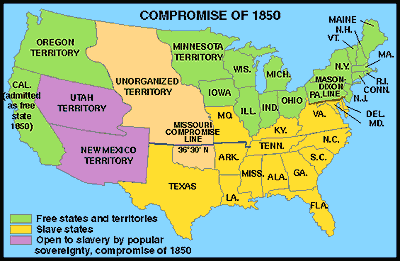Gettysburg

General Robert E. Lee had just pulled off an incredible victory at Chancellorsville, Virginia, and he wanted to continue to push his army further and further into the Union land. In May 1863, Lee led his army for a second invasion of the North, also referred to as the Gettysburg Campaign. His army was happy and joyful; knowing that with a win on northern soil would brighten the chances of this stalemate war finally moving in the South's favor. Virginia had been ravaged with fighting, so Lee took his troops up to Pennsylvania, where he indented to gather supplies and prepare for battle. General Joseph Hooker, a hard drinker from Massachusetts was the man who was at first going to lead the charge for the Union, but he was relieved of his duties just days before. Major General George Gordon Meade took over, and moved the army from the Potomac northward to keep his troops between Lee and Washington D.C. Once Lee learned of this he stationed his soldiers in Gettysburg. The two powerful armies collided on July 1, 1863. Battle was fierce, men were dying left and right, reinforcements arrived quickly only to jack up the death total. At the end of the first day, 30,000 Confederates ultimately beat out the 20,000 Union troops. On the second day, battle continued, but the Union was able to gain some ground. Assaults from both leaders came from the left and right flank. Fighting took place in Devil's Den, Little Round Top, the Wheatfield, the Peach Orchard and Cemetery Ridge on the Union left while assaults were also being fought on the Union right in Culp's Hill and East Cemetery Hill. On July 3, fighting raged on, particularly on Culp's Hill, where one of the main events took place. Lee called for an all-out assault on the Union's front line. 12,000 Confederates attacked, but many of them were killed. This failure of an assault later became known as Pickett's Charge. It was a huge blow to the Confederates, not only did almost half of the soldiers who charged died, but soldiers lost some trust in Lee to make the right calls in critical times. Lee's army retreated back to Virginia, marking the end of the bloodiest battle of the war, a total of 51,000 casualties were recorded. This blood bath shocked the nation, but sparked great change in the War from the Union perspective.
 Chickamauga
Chickamauga
Georgia had not been the place where a lot of fighting had taken place. Up until 1863, virtually no battles were fought in Georgia. That was until Chickamauga. After the Tullahoma Campaign, Major General William S. Rosecrans of the Union army, wanted to get the Confederates out of Chattanooga. Rosecrans took his troops, who were scattered across Tennessee and other parts of Georgia, and pushed General Braxton Bragg's army out. General Braxton Bragg's army retreated and Rosecrans followed them up north. But Bragg wanted Chattanooga back. He created an easy plan; meet up with Rosecrans' army defeat them than move back to the city. On the 17th of September, 1863, his army headed north, intending to meet and destroy the XXI Army Corps. On the 18th, he meet the army and his cavalry fought the Union cavalry and mounted infantry. Fighting continued on the 19th, but the Confederates were unable to break the Union line. Bragg kept firing assaults, and a break in the line was created. Rosecrans learned of this, and quickly created a fill in, but James Longstreet's men broke through, driving one-third of the Union army back from the field. Although it seemed as if the Rebels should have won by now, the Union held their ground until the night of September 20, 1863. George H. Thomas, who had taken control of the Union Army, and decided to lead his men away from the battle and retreated back to Chattanooga. The Confederates had won, but it had come at a price, a total of 34,624 casualties had been totaled, with only about 16,000 being Union. It was a moral victory but no major ground had been gained, though some Union soldiers were trapped in Chattanooga. After the battle, the Confederates had sieged the city. William T. Sherman was on his way, and help would soon arrive.
Sources
Information
Gettysburg http://www.civilwar.org/battlefields/gettysburg.html?tab=facts
Chickamauga http://americanhistory.about.com/od/civilwarbattles/p/cwbattle_chick.htm
Pictures
Gettysburg http://capitolbadgers.files.wordpress.com/2010/07/gettysburg.jpg
Chickamauga http://www.sonofthesouth.net/leefoundation/civil-war/1863/october/battle-chickamauga-1500.jpg













